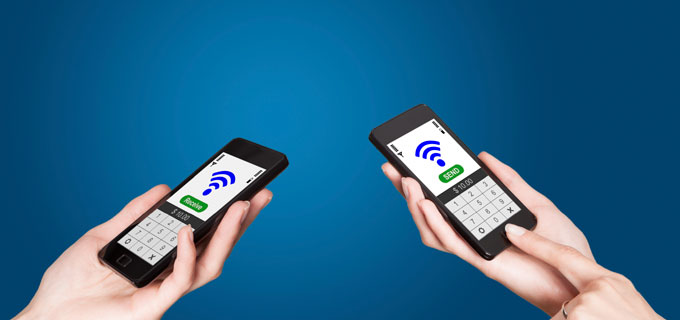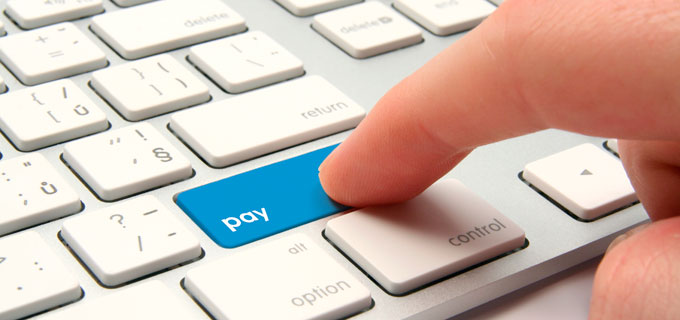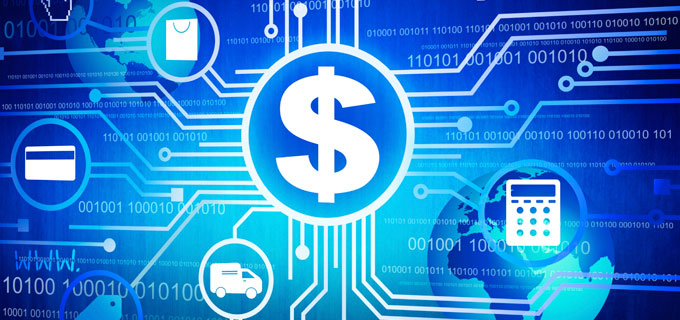Payments World USA
In April, I took a quick trip to Disney World...well, kind of. The annual conference of NACHA, APCA's equivalent body in the USA, was held at Disney World's home: Orlando, Florida. Around 2,200 bankers turned up to hear three days of presentations on the state of US payments - and possibly catch a few rides. I hope they had some fun amongst the work, because these are stressful times for US payment providers. Having weathered the GFC with tightened budgets, US bankers are acutely conscious of new payments system developments in other countries and pressure from the US Federal Reserve to follow suit or be left behind; but they are a long way from agreeing amongst themselves what is to be done, and who will pay. My small contribution was to outline the policy logic behind Australia's New Payments Platform (NPP) proposal as a comparative example. There was much interest.


